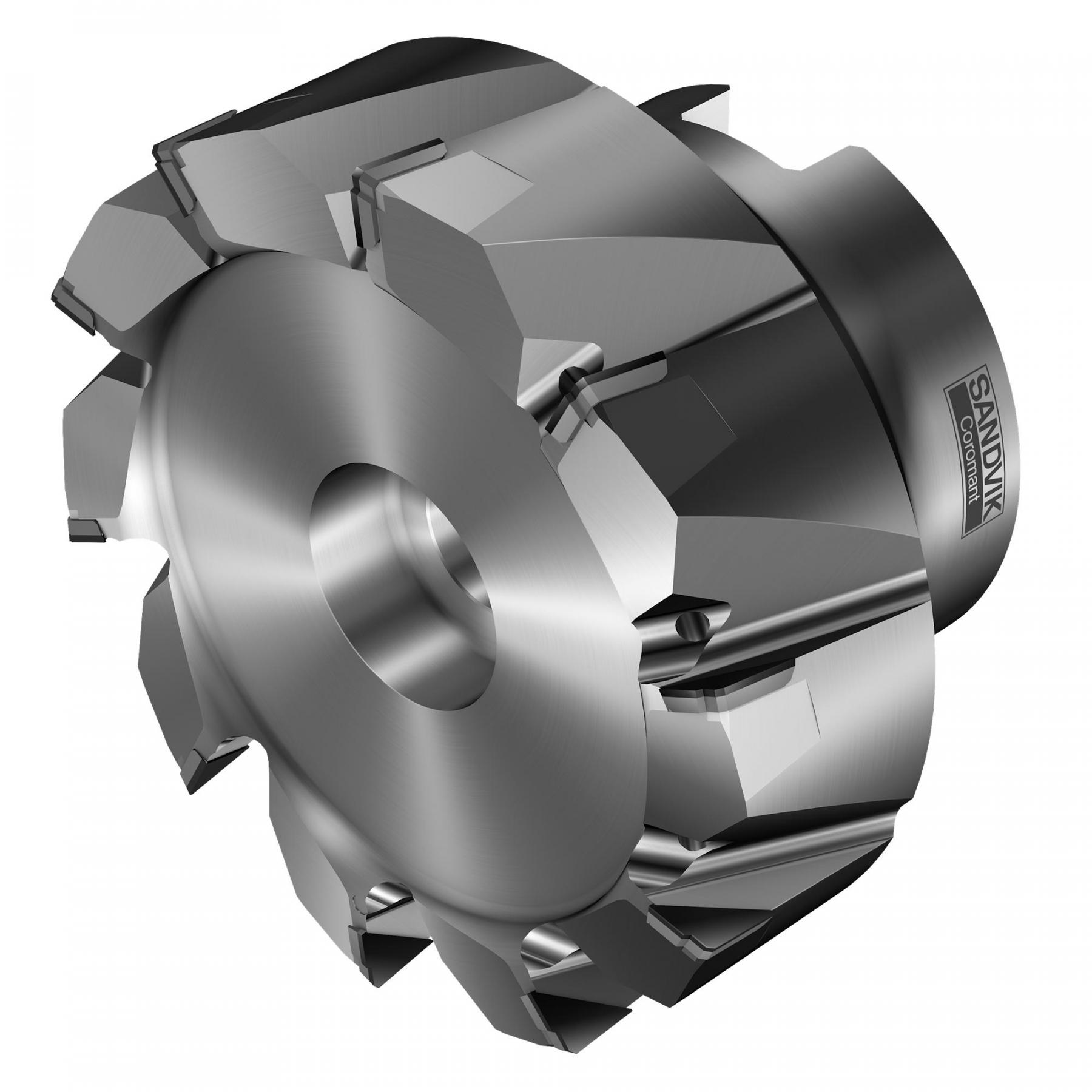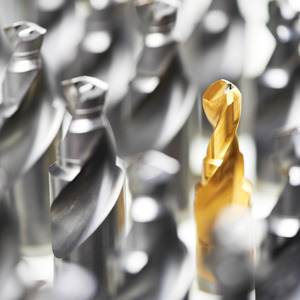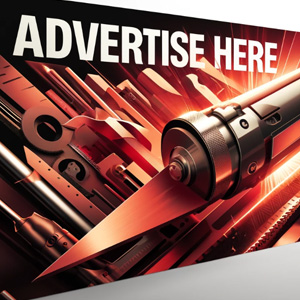Sandvik Coromant’s CoroMill® MF80 Reduces Vehicle Emissions and Lightweights Cost-Effectively
 “Reducing mass is an effective way to reduce a vehicle’s emissions,” according to the International Council of Clean Transportation (ICCT)’s Fact Sheet: Europe report. The onus is on automotive manufacturers to produce more weight-efficient components. Yet heavy cast iron and forged steel remain popular, and manufacturers must design engineer these ‘heavy’ metals into being weight-efficient. Here, Sangram Dash, Product Application Manager, Indexable Milling, Sandvik Coromant, explains why lighter and closer-cutting shoulder milling and face milling the answer is.
“Reducing mass is an effective way to reduce a vehicle’s emissions,” according to the International Council of Clean Transportation (ICCT)’s Fact Sheet: Europe report. The onus is on automotive manufacturers to produce more weight-efficient components. Yet heavy cast iron and forged steel remain popular, and manufacturers must design engineer these ‘heavy’ metals into being weight-efficient. Here, Sangram Dash, Product Application Manager, Indexable Milling, Sandvik Coromant, explains why lighter and closer-cutting shoulder milling and face milling the answer is.
Further to the ICCT’s findings, McKinsey & Company’s Lightweight, heavy impact report offers in-depth calculations as to how lighter vehicles emit fewer CO2 emissions: “Lightweight measures can help reduce CO2 emissions to a certain extent (approximately 0.08 g CO2 reduction per kilogram saved).” The report continues: “If an original equipment manufacturer (OEM) manages to reduce the vehicle weight by 100 kg, it saves approximately 8.5 g CO2 per 100 km.”
In response to findings like these, automotive manufacturers are turning to ‘lightweighting’, which entails building cars and trucks that are less heavy to facilitate better fuel efficiency and handling. Lighter metals like aluminum and magnesium can help in this regard, of course. But lightweighting is about more than simply choosing whichever material weighs less ꟷ especially when heavier materials, like forged steels, cobalt chrome, Inconel or grey and nodular cast irons (NCIs) ꟷ are still widely used in vehicle manufacturing.
Rather, manufacturers must design engineer these ‘heavy’ metals into being a weight-efficient and strong alternative to lighter metals. This means producing more complex, near-net shaped parts based on more complex designs. which is tough when producing ISO-K materials that are more difficult to machine. What’s more, all cast irons contain Silicon carbide (SiC), which is very abrasive to the cutting edge. A further challenge for OEMs is to manufacture these more-complex components to the highest quality, with high productivity and a low cost-per-part.
When there is a need to produce a variety of components, and for large amounts of material to be removed quickly from the workpiece, shoulder milling is the best approach. The basic-yet-versatile milling application ensures a lighter cutting action that, in turn, minimizes impact on the tool and ensures the component stays in shape. With shoulder milling, the tool creates a plane and shoulder surface, simultaneously. To achieve this, it’s essential that the right angle is used to avoid unwanted offsets between the cutter and workpiece. A 90 degree angle is definitely preferred, but other angles can be used depending on the application.
A ‘Light Touch’
There are a number of shoulder milling tooling inserts on the market designed for a near-90 degree milling angle. Generally, these inserts have eight edges—four on the front and four on the back to produce the shoulder and plan simultaneously—or six, in some cases. Nevertheless, Sandvik Coromant felt there was room for a new shoulder milling concept—one that would bring greater productivity, tool-life advantages, and economic benefits for OEMs.
In response to the above challenges, Sandvik Coromant developed its CoroMill® MF80 family of inserts. Designed for automotive milling applications in ISO-K and ISO-P materials, the inserts have eight cutting edges, chip protection, and optimized micro geometry. In particular, the tools are designed to be ideal for thin-walled components and machine setups with limited stability. The cutting edge is inclined for smooth cutting action and low cutting forces. This gives better security and chip evacuation, as well as a wiper edge for superior surface finish.
CoroMill® MF80 isn’t entirely new, but based on a technology platform similar to Sandvik Coromant’s existing CoroMill® 345. This new milling concept offers a 40 percent lighter cutter body with shim protection and a high number of inserts for secure and stable machining, even in vibration-prone overhang applications.
With shoulder and face milling applications, cutting tools with 90 degree lead angles are generally preferred because they generate radial cutting forces and, importantly, transfer more cutting energy away from the part. This is especially ideal when machining parts with thinner walls or near-net-shapes. CoroMill® MF80 actually enables an 89.5 degree approach angle, so the multi-edge cutter can work even closer to the fixture while machining. The near-90 degree angle also reduced axial forces for improved milling on thin wall components and weak fixtures, without vibration and chatter. Key advantages here include improved accuracy and machine utilization, but also ensures longer tool life with less scrap.
Let’s look at the performance of CoroMill® MF80 when machining ISO-K and ISO-P materials.
Performance Tests
In one case, CoroMill® MF80 was run against a competitor’s mill in a rough shoulder milling application to produce pump and valve components from an ISO-P carbon steel (DIN 1.0619) workpiece. The mills were run with identical cutting data—an n of 500 rpm, a vc of 125 m/mm, ae of 15/50 mm and ap of 5 mm and fz of 0.15 mm—with one exception, the vf. The competing mill was run at 375 mm/min, and CoroMill® MF80 was run at 600 mm/min.
In the end, CoroMill® MF80 gave a productivity increase of 60 percent. The competing mill produced nine components, while CoroMill® MF80 produced 15. As for tool life, after 40 minutes of machining time, only chipping wear was visible on CoroMill® MF80, and the mill gave a tool life increase of 67 percent. The key advantage for the customer was that the mill’s shim protection and the high number of insert edges can lower the cost-per-part in roughing or shoulder milling applications.
In another test, CoroMill® MF80 and a competing insert were used in a roughing application on an ISO-K workpiece. The mills were used to produce carriers and supports from an ISO-K spheroidal graphite (SG) iron (GJS400/K3.1.C.UT) workpiece. Again, both tools were run with the same cutting data, including a 20-80 mm radial depth of cut (ae) and 2-3 mm axial depth of cut (ap). Each mill was run at a spindle speed (n) of 1000 revs per minute (rpm), a cutting speed (vc) of 250 meters per minutes (m/min), and table feed (vf) of 1200 millimeters per minute (mm/min). There was a slight difference in feed-per-tooth (fz), 0.24 mm for the competitor’s mill and 0.3 mm for CoroMill® MF80.
The end result was that the customer achieved a 54 percent increase in tool like with Sandvik Coromant’s mill. While the competitor’s mill produced ten components in 55 minutes before showing signs of wear, CoroMill® MF80, on the other hand, ran for 82 minutes and produced 15 components in that time.
CoroMill® MF80 can greatly benefit OEMs’ lightweighting applications, with longer-lasting and more productive performance when machining heavier materials like ISO-K NCIs, Inconel, or grey irons, forged steels, and cobalt chrome. These advantages can also prove essential in helping manufacturers produce vehicles that meet stringent CO2 emission regulations while maintaining a lower cost-per-part and ensuring that, in the words of the ICCT’s report, “Reducing mass is an effective way to reduce a vehicle’s emissions.”
www.sandvik.coromant.com











